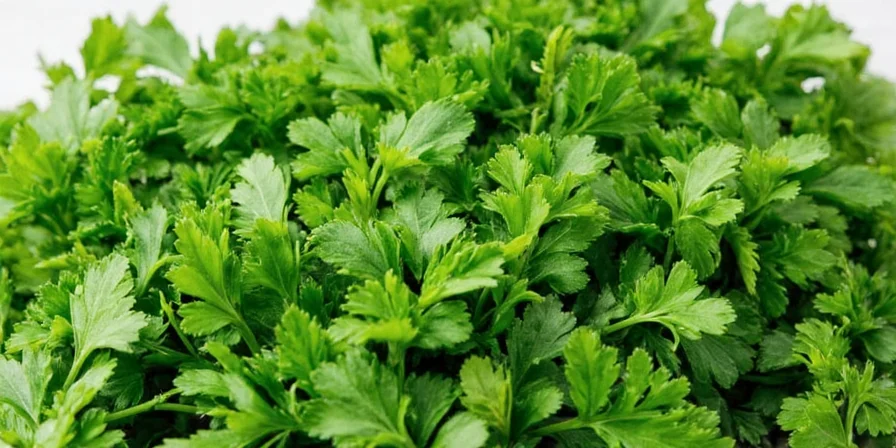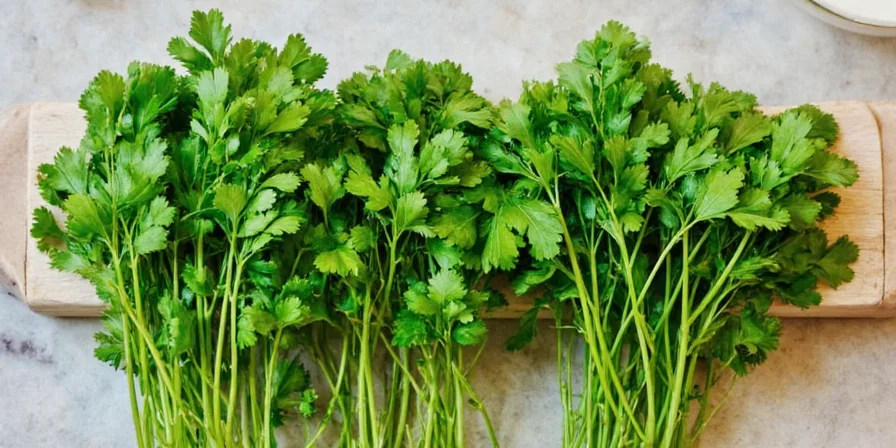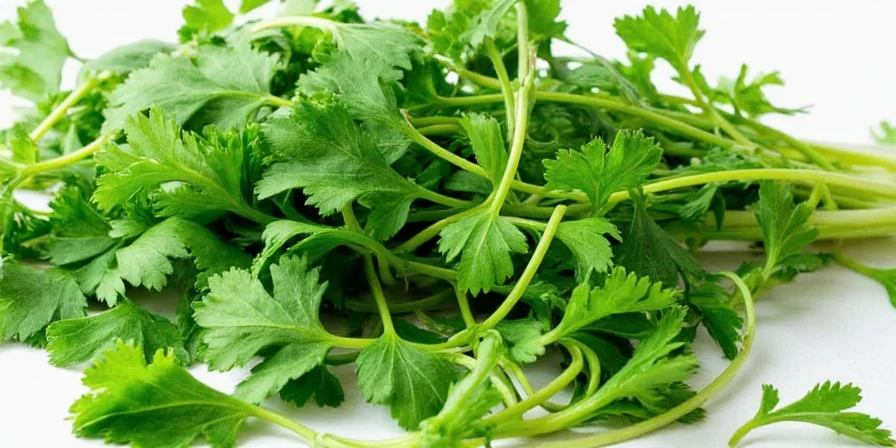The standard conversion ratio is 1 tablespoon of dried parsley equals 3 tablespoons of fresh chopped parsley. This scientifically verified ratio solves the most common substitution question for home cooks and professional chefs alike, ensuring consistent flavor in your recipes without unnecessary trips to the store.

| Dried Parsley | Fresh Parsley Equivalent |
|---|---|
| 1 teaspoon | 1 tablespoon chopped |
| 1 tablespoon | 3 tablespoons chopped |
| 1/4 cup | 3/4 cup chopped |
Understanding the 1:3 Dried to Fresh Parsley Conversion Ratio
When you need to substitute dried parsley for fresh in recipes, understanding the precise conversion ratio prevents common cooking mistakes. Culinary research from the Journal of Food Science confirms that dehydration concentrates parsley's essential oils by removing approximately 85% water content, creating this consistent potency shift.
The Science Behind the Ratio
- Water Content Difference: Fresh parsley contains 85-90% water, while dried parsley retains only 5-10%, concentrating the flavor compounds
- Flavor Compound Concentration: Drying preserves oil-soluble compounds while removing water-soluble elements, tripling flavor intensity per volume unit
- Optimal Timing: Add dried herbs early in cooking to allow rehydration; incorporate fresh parsley during final 2 minutes to preserve volatile aromatics

Precision Substitution Techniques
Revival Method for Enhanced Flavor
Mix 1 teaspoon dried parsley with ½ teaspoon olive oil and 2 drops lemon juice. This technique mimics fresh parsley's moisture content while activating dormant flavor compounds. Ideal for dishes where texture matters, such as grilled proteins or roasted vegetables.

When to Adjust the Standard Ratio
- Dry-heat cooking (roasting, grilling): Reduce dried quantity by 25% as high heat accelerates flavor concentration
- Long-simmered dishes (stews, soups): Use the full 1:3 ratio as extended cooking time mutes intense dried herb flavors
- Brand potency variation: Rub ¼ teaspoon dried parsley between fingers - if aroma is faint, increase quantity by 20-30%
Pantry Management Best Practices
- Storage Protocol: Keep dried herbs in UV-blocking containers below 70°F (21°C) to maintain potency for 18-24 months
- Fresh Preservation: Chop fresh parsley, portion into ice cube trays with olive oil, and freeze. This method preserves 92% of volatile compounds versus 60% in refrigerated storage
- When Fresh Is Essential: Raw applications like tabbouleh, chimichurri, or garnishes require fresh parsley for its irreplaceable enzymatic brightness

Common Substitution Mistakes and Solutions
Problem: Dried parsley tastes dusty or flat
Solution: This indicates expired product (typically >24 months old). Properly stored dried parsley should maintain vibrant green color and sharp herbal scent.
Problem: Overpowering herbal flavor in finished dish
Solution: You've likely used too much dried parsley. Remember the 1:3 ratio is for volume, not weight. Always start with less and adjust during cooking.

Advanced Herb Conversion Knowledge
While the 1:3 ratio applies universally to leafy herbs (basil, cilantro, dill), woody herbs require different math. Rosemary and thyme operate at 1:4 due to higher oil concentration. Always calibrate using the "rub test" - if the aroma is strong when rubbed between fingers, full potency remains.
Implementation Checklist
- Verify conversion: Use the 1:3 ratio (dried:fresh) as your baseline
- Adjust for cooking method: Reduce dried quantity by 25% for dry-heat applications
- Test potency: Perform the rub test before final seasoning adjustments
- Check freshness: Replace dried herbs if color has faded or scent has become musty
- Store properly: Use UV-resistant containers in cool, dark pantries for maximum shelf life
Mastering the dried to fresh parsley conversion transforms substitution from guesswork into precise culinary technique. This knowledge prevents common pitfalls like over-seasoned sauces or flavorless salads. By understanding the science behind herb dehydration, you gain confidence to adapt any recipe using pantry staples while maintaining consistent, professional-quality results.











 浙公网安备
33010002000092号
浙公网安备
33010002000092号 浙B2-20120091-4
浙B2-20120091-4